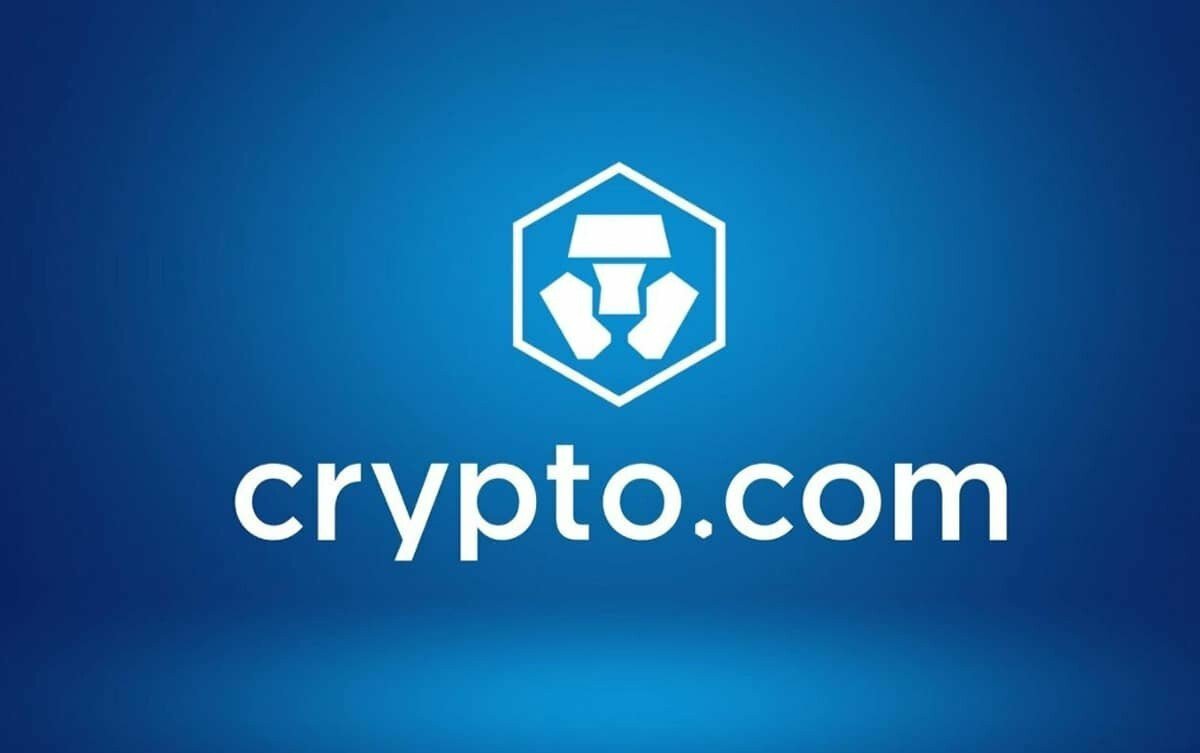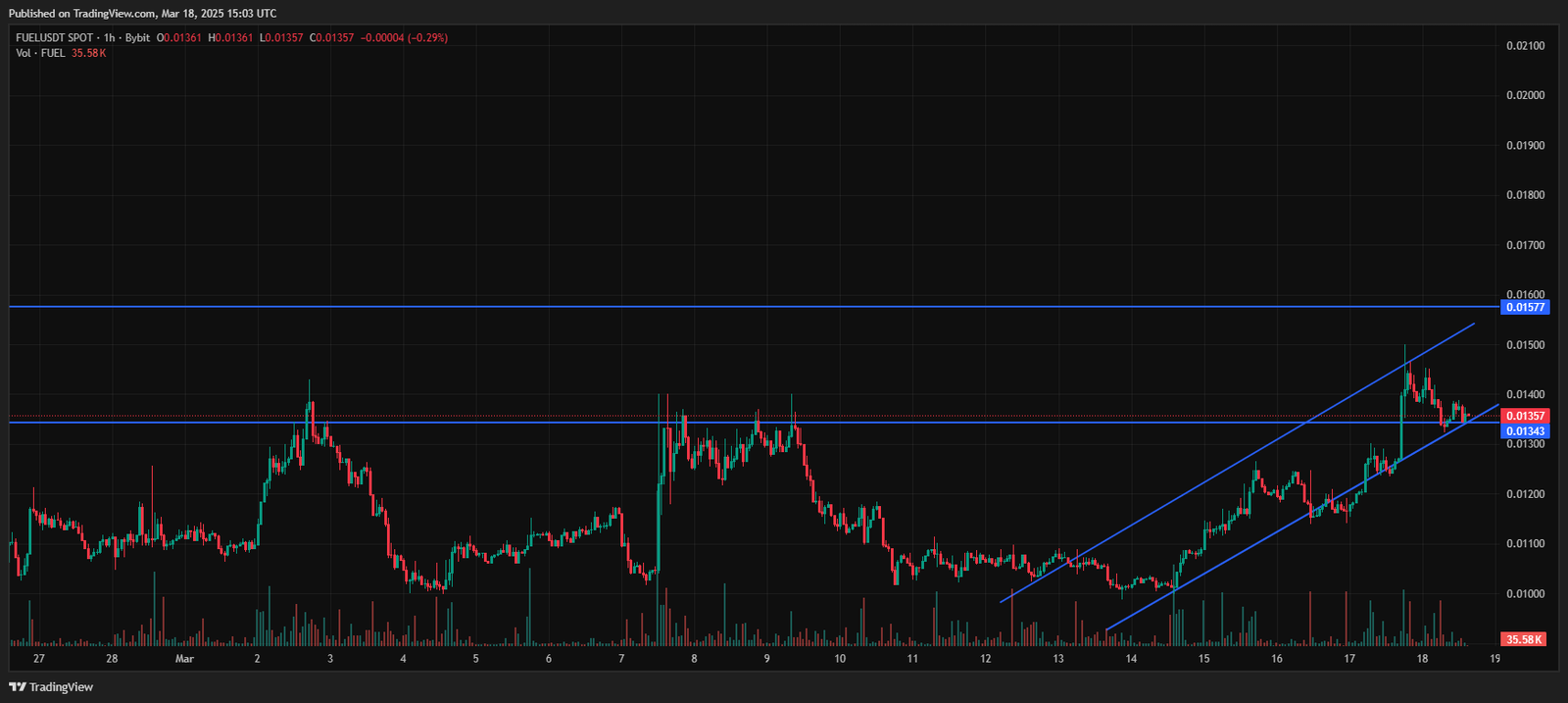Crypto.com, one of the leading cryptocurrency exchanges, has recently announced the delisting of Tether (USDT) and several other tokens for users in the European Economic Area (EEA). This move follows increasing regulatory scrutiny within the European market, particularly concerning stablecoins and compliance with the upcoming Markets in Crypto-Assets (MiCA) regulation.
The decision to remove these tokens has significant implications for traders and investors, particularly those relying on USDT for liquidity and trading pairs. In this article, we will explore the reasons behind the delisting, the impact on users, and a detailed analysis of each delisted token, including their functionality and use cases.
Why is Crypto.com Delisting USDT and Other Tokens?
Regulatory Compliance
One of the primary reasons for the delisting of USDT and other tokens is Crypto.com’s commitment to adhering to European regulations. The upcoming MiCA framework introduces stricter guidelines for stablecoins and other digital assets, pushing exchanges to review their token offerings.
Risk Management
Delisting certain tokens can also be a strategic move to mitigate regulatory risks and ensure compliance with anti-money laundering (AML) and know-your-customer (KYC) regulations. Crypto.com aims to maintain a strong reputation by proactively adjusting its offerings based on regulatory changes.
Market Dynamics
Liquidity, security, and investor protection are key factors influencing token listings. Exchanges periodically review their listings based on trading volume, security concerns, and potential regulatory issues. The decision to remove certain tokens aligns with Crypto.com’s approach to fostering a compliant and sustainable trading environment.
List of Delisted Tokens and Their Functionality
Crypto.com has announced the delisting of the following tokens in the EEA:
- Tether (USDT)
- Dai (DAI)
- Pax Dollar (USDP)
- TrueUSD (TUSD)
- Gemini Dollar (GUSD)
Below, we break down the function and use cases of each token.
Tether (USDT)
Functionality and Usage
USDT is the most widely used stablecoin in the cryptocurrency market. It is pegged to the US dollar at a 1:1 ratio, making it a crucial asset for trading, liquidity, and hedging against market volatility.
- Trading: USDT is used as a base trading pair on most exchanges, allowing traders to move funds efficiently without converting to fiat currency.
- Remittances: Many users utilize USDT for international transfers due to its stability and lower transaction fees compared to traditional banking methods.
- DeFi & Yield Farming: USDT is widely integrated into decentralized finance (DeFi) applications, providing liquidity for lending and staking.
Dai (DAI)
Functionality and Usage
Dai is a decentralized stablecoin created by MakerDAO, designed to maintain a stable value of $1 through an over-collateralization mechanism instead of direct fiat backing.
- Decentralization: Unlike USDT, which is backed by centralized reserves, Dai is generated through a system of collateralized debt positions (CDPs).
- DeFi Integration: Dai is widely used in DeFi platforms for lending, borrowing, and yield farming.
- Hedging Tool: Traders use Dai to hedge against market volatility while retaining decentralization.
Pax Dollar (USDP)
Functionality and Usage
USDP, issued by Paxos, is a fiat-backed stablecoin fully regulated and approved by U.S. regulators. It aims to provide a reliable and transparent stablecoin alternative.
- Regulatory Compliance: USDP is often favored by institutions due to its high transparency and regulatory backing.
- Payments and Settlements: Businesses use USDP for cross-border payments and financial settlements.
- Stable Savings: Some platforms allow users to earn interest on USDP deposits, making it a stable store of value.
TrueUSD (TUSD)
Functionality and Usage
TrueUSD is a stablecoin backed 1:1 by US dollars held in escrow accounts, providing a legally protected and transparent stablecoin option.
- Legal Protections: Unlike some stablecoins, TUSD funds are independently verified, ensuring trust in its peg.
- Trading and Arbitrage: Traders use TUSD for arbitrage opportunities across exchanges.
- Smart Contracts: TUSD is commonly used in smart contract applications requiring a stable asset.
Gemini Dollar (GUSD)
Functionality and Usage
GUSD, issued by the Gemini exchange, is a regulated stablecoin backed by US dollars held in FDIC-insured banks.
- Regulated Stability: GUSD is one of the few stablecoins with clear regulatory oversight.
- Institutional Adoption: Many institutional investors prefer GUSD due to its compliance with U.S. regulations.
- Integration with Gemini Exchange: GUSD offers seamless integration with the Gemini trading platform, making it an efficient choice for users of that exchange.
Impact on Crypto.com Users in Europe
Limited Stablecoin Access
The delisting of USDT and other stablecoins significantly reduces access to commonly used stable assets, making trading and liquidity management more challenging for European users.
Shift to Alternative Stablecoins
With these removals, users may need to explore alternative stablecoins such as EUR-backed stablecoins or those compliant with European regulations.
Trading Pair Adjustments
Many trading pairs involving these stablecoins will no longer be available, forcing users to shift to alternative pairs or fiat currencies.
Conclusion
Crypto.com’s decision to delist USDT and other stablecoins in Europe reflects the growing regulatory pressures and the evolving landscape of digital assets. While this move may inconvenience some traders, it underscores the importance of compliance and the industry’s long-term stability.
As the European market adapts to these changes, users must explore alternative stablecoins and adjust their trading strategies accordingly. Crypto.com’s proactive approach highlights the industry’s need to align with regulatory frameworks while ensuring sustainable growth in the cryptocurrency ecosystem.
For traders and investors in Europe, staying informed about regulatory developments and exchange policies will be crucial in navigating the evolving crypto landscape.




